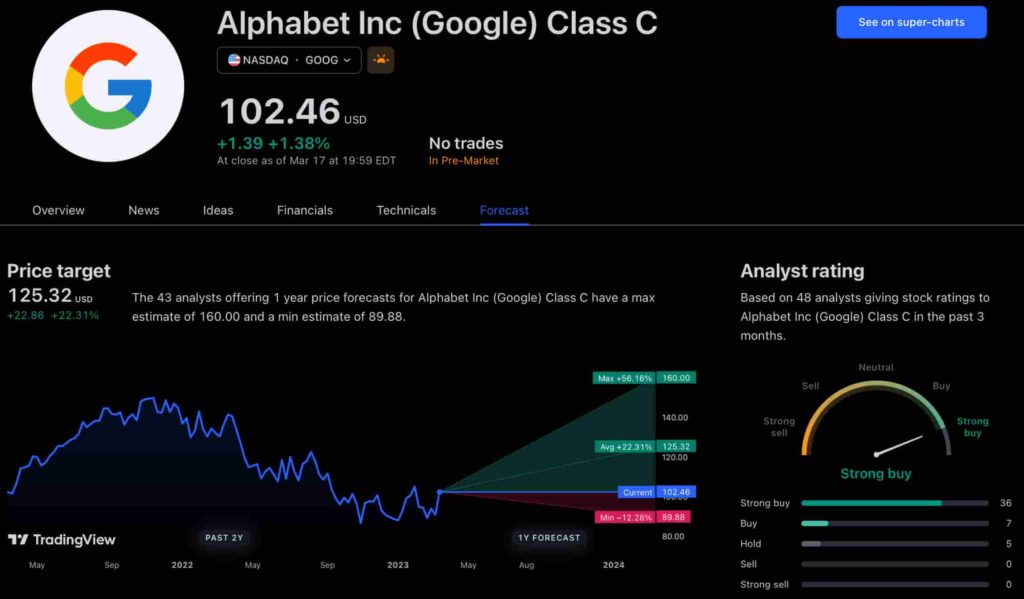The new app is called watchGPT and as I tipped off already, it gives you access to ChatGPT from your Apple Watch. Now the $10,000 question (or more accurately the $3.99 question, as that is the one-time cost of the app) is why having ChatGPT on your wrist is remotely necessary, so let’s dive into what exactly the app can do.
NEWS
Foursquare founder Dennis Crowley steps back from the company


Foursquare co-founder Dennis Crowley has announced that he is stepping back from his full-time role at the company. During the first seven years of the company, he was the startup’s Chief Executive Officer. In 2016, Crowley moved to an executive chairman position. He’s also been running the Foursquare Labs R&D group since then.
Going forward, Crowley won’t be working full-time at the company. He’ll remain on the Board of Directors as co-chair with Factual founder Gil Elbaz.
In 2009, Foursquare was better known for its location-based social network. People would check in to locations to share what they’ve been up to with their friends. Users would earn badges and mayorships.
Over the years, the most active users had amassed thousands of checkins. Foursquare became a great app to keep track of places you like. You could also use it to discover your friends’ favorite places.
That’s why the company decided to split its main app into two separate apps — the Foursquare City Guide and Swarm. At the same time, the company started working on developer APIs and SDKs so that other companies could take advantage of Foursquare’s location data.
That business in particular has been quite lucrative. With the company’s Pilgrim SDK, developers can build location-aware apps. For instance, an advertiser can send a personalized notification based on where you are. Foursquare tries to be as accurate as possible and can sometimes even figure out when you enter or exit a venue.
That SDK enables many different possibilities. It’s easy to track the impact of an advertising campaign on online sales, but what about offline interest?
Foursquare’s SDK can help advertisers and brands see whether an advertising campaign has an impact on foot traffic. Of course, you can also combine that data with other customer data.
The company has become an important advertising and marketing platform focused on location. Overall, the company has generated more than $100 million in revenue in 2020. And it plans to grow in 2021 and beat that number.
Crowley mentions two reasons why he’s leaving now. According to him, the company is doing well, and he’s been working on the same thing for 12 years already.
“Foursquare hasn’t just found its way… it leads the way. I used to say that my goal was to make the name ‘Foursquare’ synonymous with ‘innovation in contextual aware computing’… And, here in 2021, we’ve built the tools and frameworks that can make that so,” Crowley writes in a blog post.
“Also, 12 years is a lot of time. I have lots of things I still want to build — many of which don’t fit neatly into the Foursquare of 2021 (and, hey fellow founder, it’s fine to feel this way!),” he adds. He’s also going to spend some well-deserved time with his family.
Crowley has been an iconic startup founder during the Web 2.0 era. He managed to attract tens of millions of users. It’s clear that he’s been a great product CEO during the early years of the company. And now, the company is also generating revenue. So it’s going to be interesting to see what he builds next.
Facebook Faces Yet Another Outage: Platform Encounters Technical Issues Again

Uppdated: It seems that today’s issues with Facebook haven’t affected as many users as the last time. A smaller group of people appears to be impacted this time around, which is a relief compared to the larger incident before. Nevertheless, it’s still frustrating for those affected, and hopefully, the issues will be resolved soon by the Facebook team.
Facebook had another problem today (March 20, 2024). According to Downdetector, a website that shows when other websites are not working, many people had trouble using Facebook.
This isn’t the first time Facebook has had issues. Just a little while ago, there was another problem that stopped people from using the site. Today, when people tried to use Facebook, it didn’t work like it should. People couldn’t see their friends’ posts, and sometimes the website wouldn’t even load.
Downdetector, which watches out for problems on websites, showed that lots of people were having trouble with Facebook. People from all over the world said they couldn’t use the site, and they were not happy about it.
When websites like Facebook have problems, it affects a lot of people. It’s not just about not being able to see posts or chat with friends. It can also impact businesses that use Facebook to reach customers.
Since Facebook owns Messenger and Instagram, the problems with Facebook also meant that people had trouble using these apps. It made the situation even more frustrating for many users, who rely on these apps to stay connected with others.
During this recent problem, one thing is obvious: the internet is always changing, and even big websites like Facebook can have problems. While people wait for Facebook to fix the issue, it shows us how easily things online can go wrong. It’s a good reminder that we should have backup plans for staying connected online, just in case something like this happens again.
NEWS
We asked ChatGPT what will be Google (GOOG) stock price for 2030

Investors who have invested in Alphabet Inc. (NASDAQ: GOOG) stock have reaped significant benefits from the company’s robust financial performance over the last five years. Google’s dominance in the online advertising market has been a key driver of the company’s consistent revenue growth and impressive profit margins.
In addition, Google has expanded its operations into related fields such as cloud computing and artificial intelligence. These areas show great promise as future growth drivers, making them increasingly attractive to investors. Notably, Alphabet’s stock price has been rising due to investor interest in the company’s recent initiatives in the fast-developing field of artificial intelligence (AI), adding generative AI features to Gmail and Google Docs.
However, when it comes to predicting the future pricing of a corporation like Google, there are many factors to consider. With this in mind, Finbold turned to the artificial intelligence tool ChatGPT to suggest a likely pricing range for GOOG stock by 2030. Although the tool was unable to give a definitive price range, it did note the following:
“Over the long term, Google has a track record of strong financial performance and has shown an ability to adapt to changing market conditions. As such, it’s reasonable to expect that Google’s stock price may continue to appreciate over time.”
GOOG stock price prediction
While attempting to estimate the price range of future transactions, it is essential to consider a variety of measures in addition to the AI chat tool, which includes deep learning algorithms and stock market experts.
Finbold collected forecasts provided by CoinPriceForecast, a finance prediction tool that utilizes machine self-learning technology, to anticipate Google stock price by the end of 2030 to compare with ChatGPT’s projection.
According to the most recent long-term estimate, which Finbold obtained on March 20, the price of Google will rise beyond $200 in 2030 and touch $247 by the end of the year, which would indicate a 141% gain from today to the end of the year.
Google has been assigned a recommendation of ‘strong buy’ by the majority of analysts working on Wall Street for a more near-term time frame. Significantly, 36 analysts of the 48 have recommended a “strong buy,” while seven people have advocated a “buy.” The remaining five analysts had given a ‘hold’ rating.

The average price projection for Alphabet stock over the last three months has been $125.32; this objective represents a 22.31% upside from its current price. It’s interesting to note that the maximum price forecast for the next year is $160, representing a gain of 56.16% from the stock’s current price of $102.46.
While the outlook for Google stock may be positive, it’s important to keep in mind that some potential challenges and risks could impact its performance, including competition from ChatGPT itself, which could affect Google’s price.
Disclaimer: The content on this site should not be considered investment advice. Investing is speculative. When investing, your capital is at risk.
NEWS
This Apple Watch app brings ChatGPT to your wrist — here’s why you want it

ChatGPT feels like it is everywhere at the moment; the AI-powered tool is rapidly starting to feel like internet connected home devices where you are left wondering if your flower pot really needed Bluetooth. However, after hearing about a new Apple Watch app that brings ChatGPT to your favorite wrist computer, I’m actually convinced this one is worth checking out.
-

 WORDPRESS6 days ago
WORDPRESS6 days agoTurkish startup ikas attracts $20M for its e-commerce platform designed for small businesses
-

 PPC7 days ago
PPC7 days agoA History of Google AdWords and Google Ads: Revolutionizing Digital Advertising & Marketing Since 2000
-

 MARKETING5 days ago
MARKETING5 days agoRoundel Media Studio: What to Expect From Target’s New Self-Service Platform
-

 SEO5 days ago
SEO5 days agoGoogle Limits News Links In California Over Proposed ‘Link Tax’ Law
-

 MARKETING6 days ago
MARKETING6 days agoUnlocking the Power of AI Transcription for Enhanced Content Marketing Strategies
-

 SEARCHENGINES6 days ago
SEARCHENGINES6 days agoGoogle Search Results Can Be Harmful & Dangerous In Some Cases
-
SEARCHENGINES5 days ago
Daily Search Forum Recap: April 12, 2024
-

 SEO4 days ago
SEO4 days ago10 Paid Search & PPC Planning Best Practices














